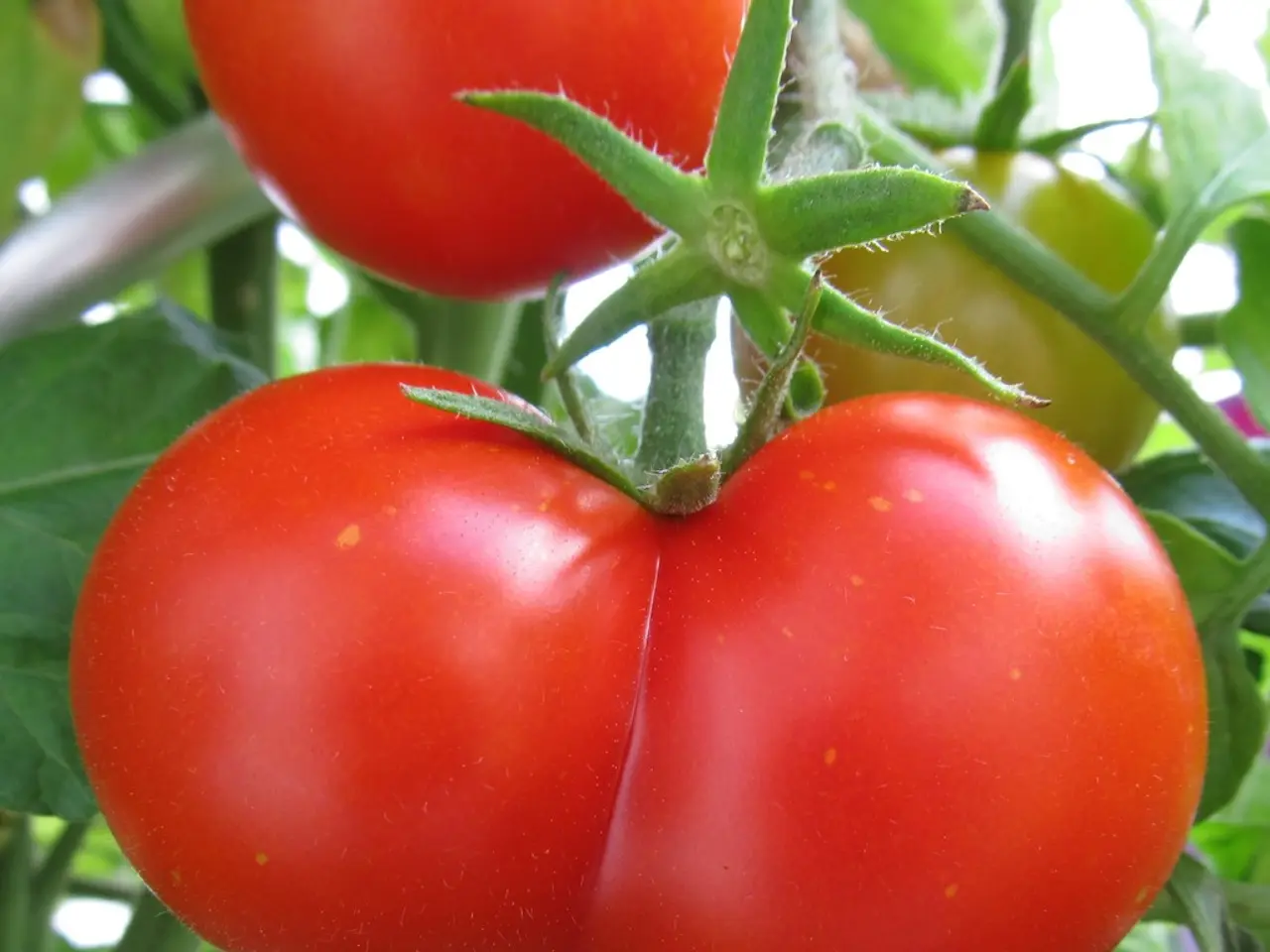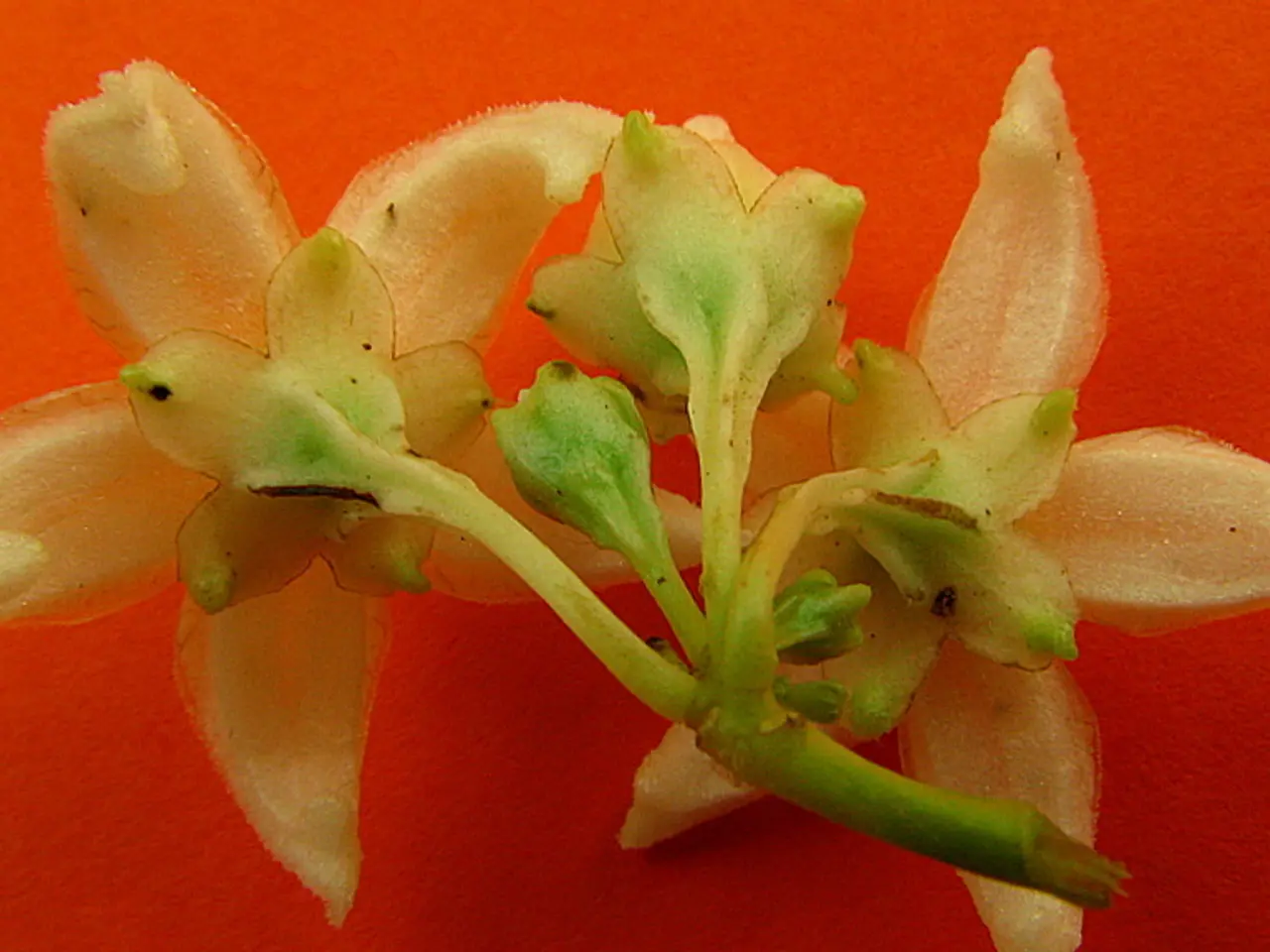Tomatoes Failing to Set Fruit Despite Blossoms: Solutions for Encouraging Fruit Development
Growing tomatoes in a greenhouse presents a unique set of challenges, but with the right care and attention, you can cultivate bountiful harvests. This guide focuses on optimizing pollination, temperature and humidity control, light, and nutrition to help your greenhouse tomatoes thrive.
Pollination Tips
Tomatoes are partially wind-pollinated, but they benefit significantly from the help of pollinators such as bees. When natural pollinators are scarce, consider aiding pollination by gently shaking the plants, using an electric toothbrush near the blossoms, or mimicking bee activity to transfer pollen. Maintaining high humidity (around 40–80%) helps keep pollen viable and supports better fruit set. In greenhouse conditions, manual or mechanical pollination methods may be necessary.
Managing Heat
Tomatoes thrive between 15°C and 30°C. Temperatures above 30°C can cause blossom drop and reduce fruit set, so ventilate the greenhouse to avoid heat stress. Use shade cloth to reduce intense solar radiation during hot periods, preventing excessive heat that causes flower and fruit drop. Avoid large temperature fluctuations to minimize stress on plants.
Humidity Control
The relative humidity in the greenhouse should ideally stay between 40% and 80%. Too low humidity dries flowers and pollen, too high may promote fungal disease. Use natural ventilation and fans for air circulation without drying out the environment excessively.
Lighting
Tomatoes require at least 6–8 hours of direct sunlight per day to flower and fruit properly. Supplement natural sunlight with grow lights if necessary, especially in early growth stages.
Nutrition
Provide balanced fertilization with adequate potassium and phosphorus to promote flowering and fruit development. Avoid over-fertilizing nitrogen to prevent lush foliage that reduces flowering. Use well-drained, nutrient-rich soil or growing media amended with compost or organic matter to support healthy root systems. Maintain consistent watering to prevent stress that causes blossom drop—soil moisture should be stable but not waterlogged.
Additional Tips
Pruning indeterminate varieties to a single stem can focus energy on fruit production rather than excessive foliage growth. Limit each plant to about six fruit trusses to improve quality and focus energy on fewer fruits. Keep tomatoes off the ground with staking or trellising to enhance air circulation and reduce disease.
By following these strategies, you'll create an environment that promotes successful pollination, reduces stress, and supports robust fruit set and ripening in greenhouse tomatoes. Happy growing!
In a greenhouse where tomatoes are grown, maintaining high humidity (around 40–80%) aids pollination not only by wind but also by pollinators like bees, as high humidity keeps pollen viable and supports better fruit set. Additionally, nurturing a home-and-garden lifestyle that involves gardening, by pruning indeterminate tomato plants to a single stem, will focus energy on fruit production, while keeping the plants off the ground through staking or trellising will enhance air circulation and reduce disease, promoting a lifestyle where tomatoes grow lush and plentiful in a greenhouse setting.




